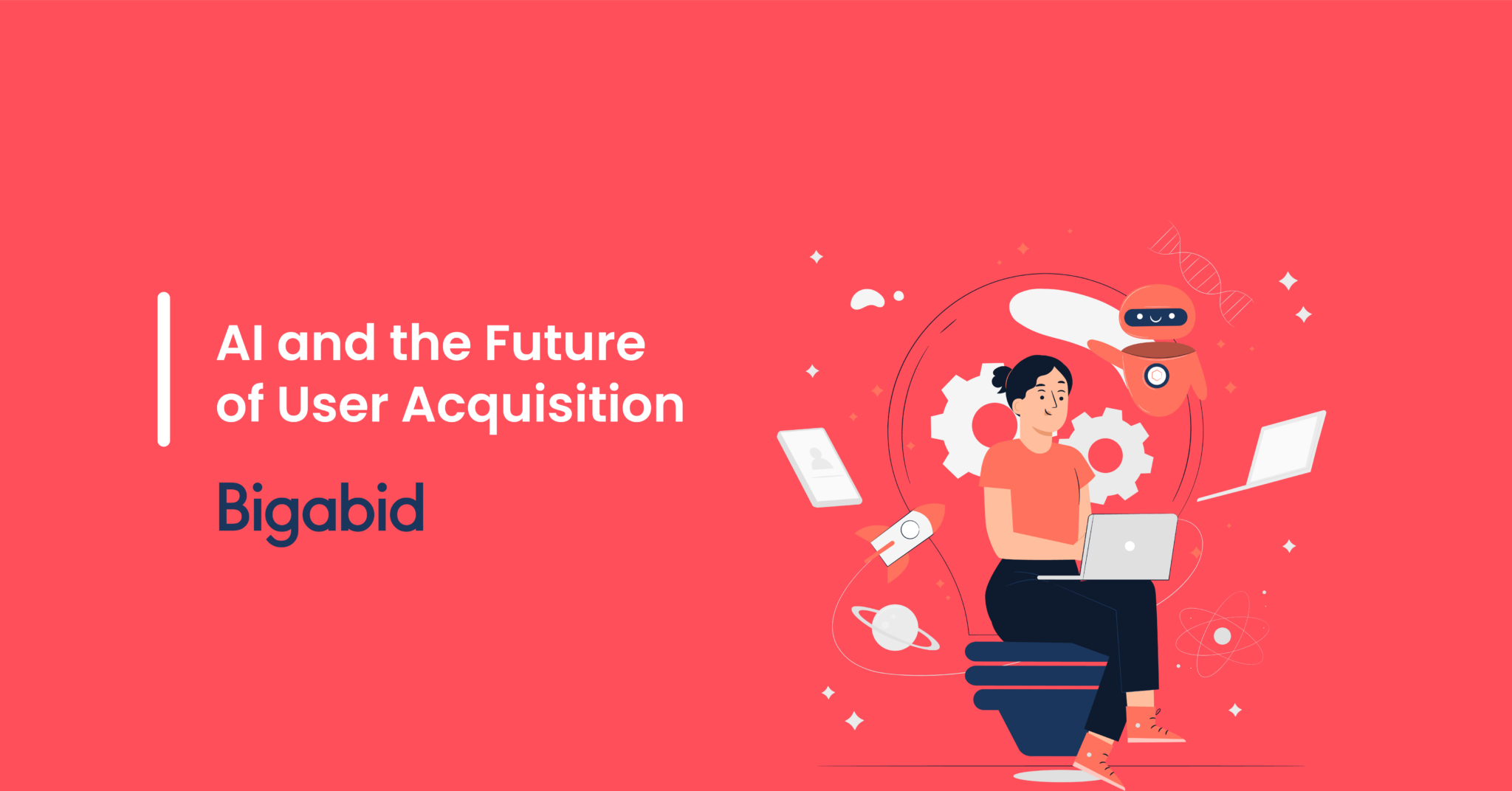
For years, focusing on user acquisition (UA) has been a key strategy for mobile game publishers to attract valuable players. This approach thrived on the abundant user data that powered their successful marketing efforts. However, recent privacy changes by Apple, and now Google have limited access to this data, prompting marketers to adapt their tactics to meet performance goals and rethink the role of AI in achieving success.
The mobile app industry is experiencing notable changes and encountering key obstacles, prompting about 60% of app marketers to aim for more ambitious performance goals compared to the previous year. However, setting and evaluating these targets without adequate data creates a significant challenge. A large number of marketers admit that better data accessibility would have improved their decision-making abilities, linking the reduced success of their campaigns to data scarcity.
Recent surveys show a positive trend in increased budget allocations in various regions, offering marketers the freedom to innovate and expand spending across different channels. Key focus areas include organic and social channels, influencer marketing,, and community engagement initiatives. This shift aims to enhance marketing strategies and drive better results. But more than anything, harnessing AI and in-house data has been paramount for app growth.

“In a bid to enhance competitiveness and efficiency, studios are increasingly turning to cutting-edge AI technologies, machine learning, and automation by partnering with external expertise, “ says CSO and Founder of Bigabid, Ido Raz, adding, “This strategic approach has proven to be pivotal in the ever-evolving landscape of the mobile gaming sector, which continues to experience fierce competition despite a surge in user engagement.”
Ido continues, “The exponential rise in user app consumption across various categories underscores the immense opportunities available to app publishers. By harnessing a wealth of engagement data, companies can now optimize their User Acquisition (UA) strategies to unprecedented levels. This includes harnessing the power of AI to fine-tune ad creatives and target high LTV user to maximizing their reach and impact in the market”.
Here’s an in-depth article on “Targeting High LTV (lifetime value) Users”.
And for more from Ido Raz check out “The Importance of First-Party Data for Mobile Gaming”.
Yotam Galon, VP of operations and Growth at Bigabid, emphasizes, “The mobile gaming industry stands on the brink of a new era, where innovation and data-driven strategies are shaping the future of gaming experiences. Embracing these advancements is not just a choice; it’s a necessity for those looking to thrive in this dynamic and competitive environment.”
Check out this great article by Yotam Galon on “The Modern Age of Mobile DSPs”.
User acquisition evolves with rapid technological advancements, user behavior shifts, and industry trends. With mobile apps dominating the digital space, app marketers must stay informed to anticipate future user acquisition trends. The following article uncovers emerging trends shaping mobile app user acquisition strategies.
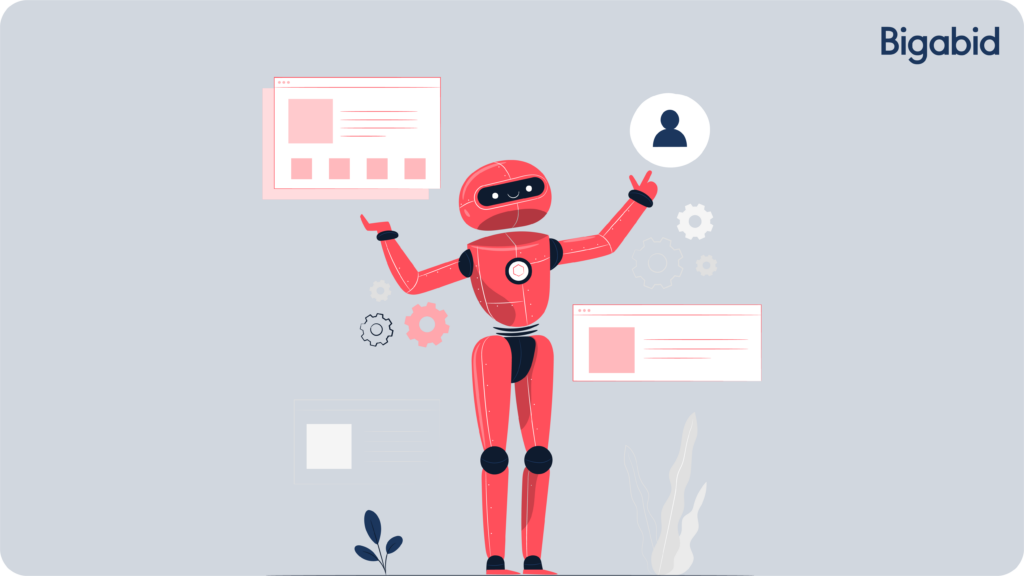
Artificial Intelligence (AI) is revolutionizing user acquisition strategies. By leveraging AI algorithms to analyze vast datasets, marketers can target users effectively with ads. The rise of AI-driven platforms for user acquisition is expected, enabling precise and customized marketing efforts through machine learning.
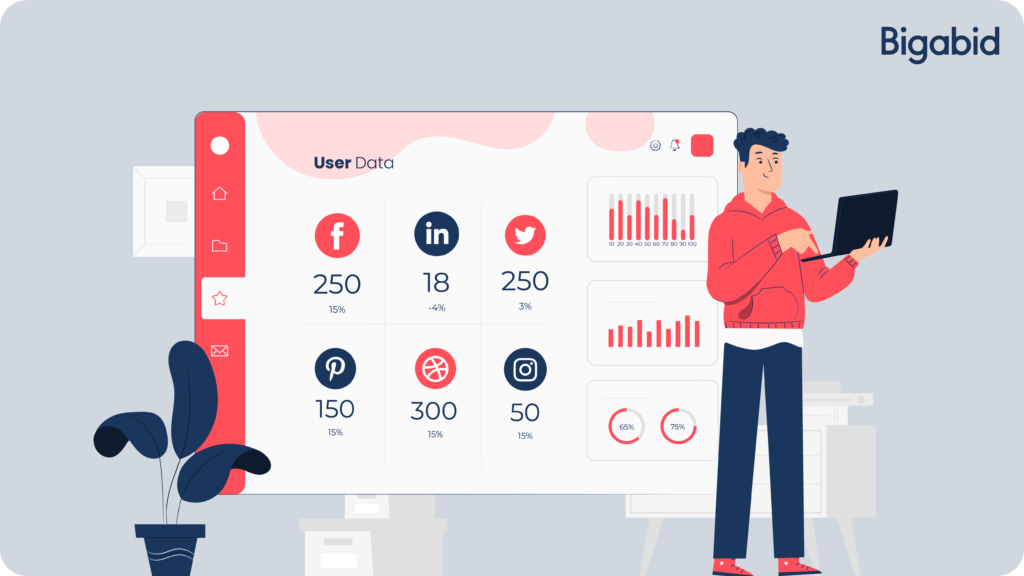
Acquiring new users involves utilizing diverse platforms such as social media, search ads, app stores, influencer partnerships, and content marketing strategies. Integrated channel tactics ensure a consistent user experience, facilitating the journey from engagement to conversion. Marketers leverage data integration and automation tools to orchestrate customized acquisition campaigns effectively.

Influencer marketing remains crucial for attracting new users, but the approach is evolving. The focus is shifting towards micro-influencers with highly engaged audiences, offering more authentic endorsements and better user acquisitions. Expect increased collaboration with influencers in content creation and app development for an enhanced user experience.
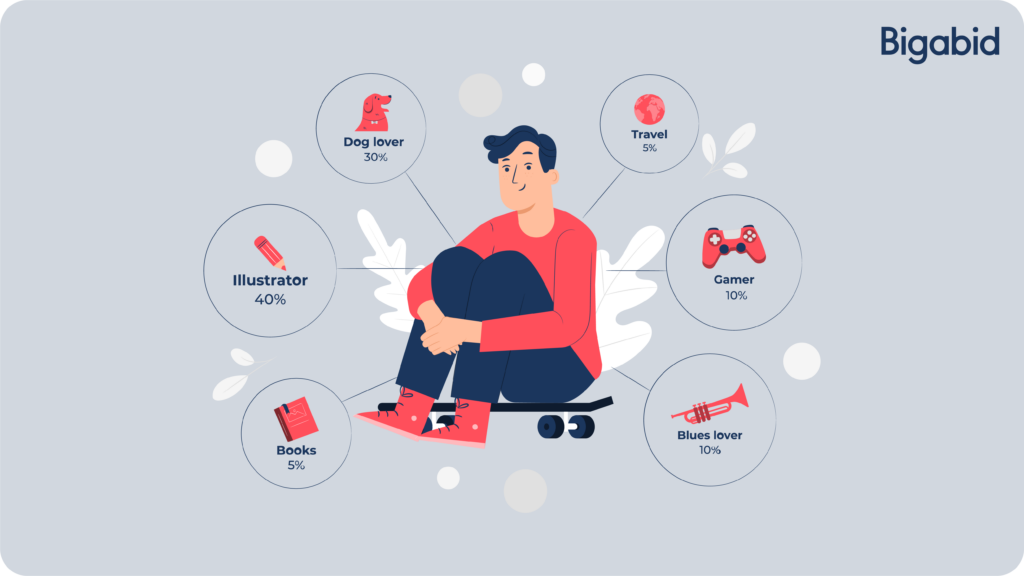
Hyper-personalizing ad content and providing adaptive user experiences are key for future user acquisition strategies. Tailoring ads to individual preferences, behaviors, and demographics can boost engagement and conversion rates. Leveraging advanced user segmentation and dynamic ad delivery ensures relevant and engaging ads, enhancing user acquisitions effectively.
Discover more on ad personalization in “Creative Personalization”
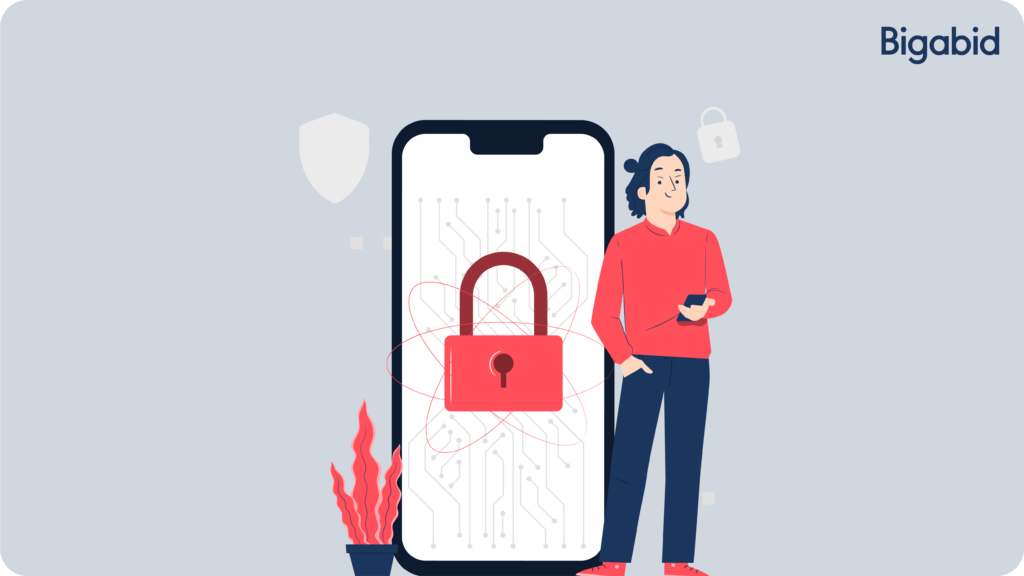
In an era where the safeguarding of user privacy is paramount, strategies for acquiring users must focus on being transparent and dedicated to protecting data. To gain the trust of users, brands must be clear about how they collect data and offer users the choice to opt-in. Adaptations to user acquisition initiatives will be necessitated by privacy laws, underscoring the commitment to the security and privacy of user information, thereby fostering trust and loyalty among users.

Augmented Reality (AR) and Virtual Reality (VR) integration is poised to transform user acquisition through immersive experiences. Mobile apps utilizing AR and VR provide unique virtual trials, tours, and interactive demos. Leveraging AR and VR in user acquisition strategies captivates wider audiences, boosting engagement and conversion rates.’
The increasing trend of interactive voice assistants and voice search technologies highlights the need to refine user acquisition strategies for voice-driven interactions. Apps must adapt to engage users via voice-responsive assistants like Siri, Alexa, and Google Assistant. Optimized content and ads for voice search are crucial to connecting with users who prefer voice commands for app exploration and interaction.
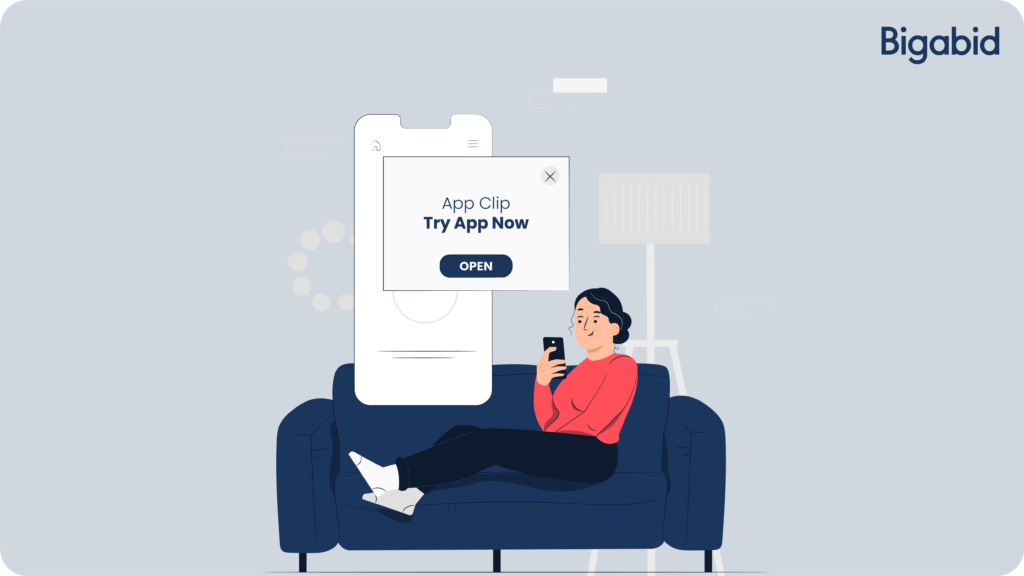
App Clips, simplified app versions granting access to specific features without full downloads, are gaining importance. This innovation enables users to preview app essentials before installing. User acquisition strategies will now integrate App Clips and instant experiences to enhance user onboarding and increase conversion rates.
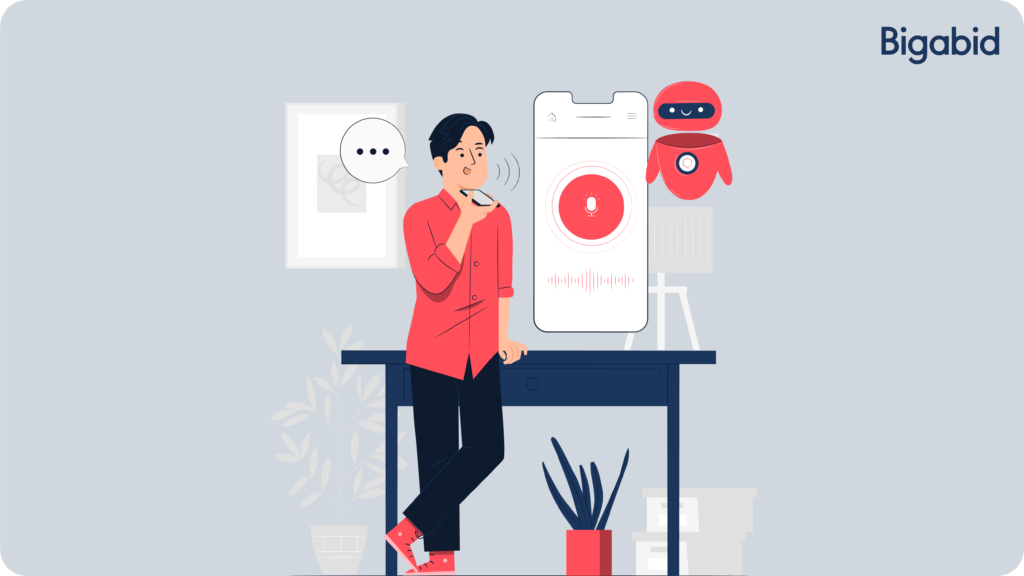
The growing trend of interactive voice assistants and voice search technology highlights the need to adjust user acquisition strategies for voice-driven interactions. Apps must adapt to attract users through voice-responsive assistants like Siri, Alexa, or Google Assistant. Optimizing content and ads for voice search is crucial for engaging with users who prefer voice commands to interact with applications effectively.
The mobile application landscape offers vast opportunities for user acquisition. Incorporating Artificial Intelligence, hyper-personalization, influencer marketing, AR/VR tech, app clips, privacy focus, diverse channel strategies, and voice search redefine this domain. Adapting to these trends can help app marketers excel, attract users, and advance in the dynamic mobile app realm.
Accessible AI for analyzing in-game player behavior broadens opportunities for mobile game developers lacking resources for proprietary tools or specialized data analytics firms.
Professionals skilled in enhancing user acquisition and boosting revenue may consider monetizing their AI solutions to assist fellow developers. Additionally, they could provide “analytics-as-a-service” to support organizations with budget constraints or those exploring AI-driven marketing strategies.
Bigabid leverages advanced Artificial Intelligence, processing 60TB of raw data daily to provide real-time ad suggestions. Our data-driven approach fuels machine learning forecasts, key business metrics, and valuable analytics for optimal results. Seeking cutting-edge AI solutions to transform AI mobile app User Acquisition strategies? Contact us now!